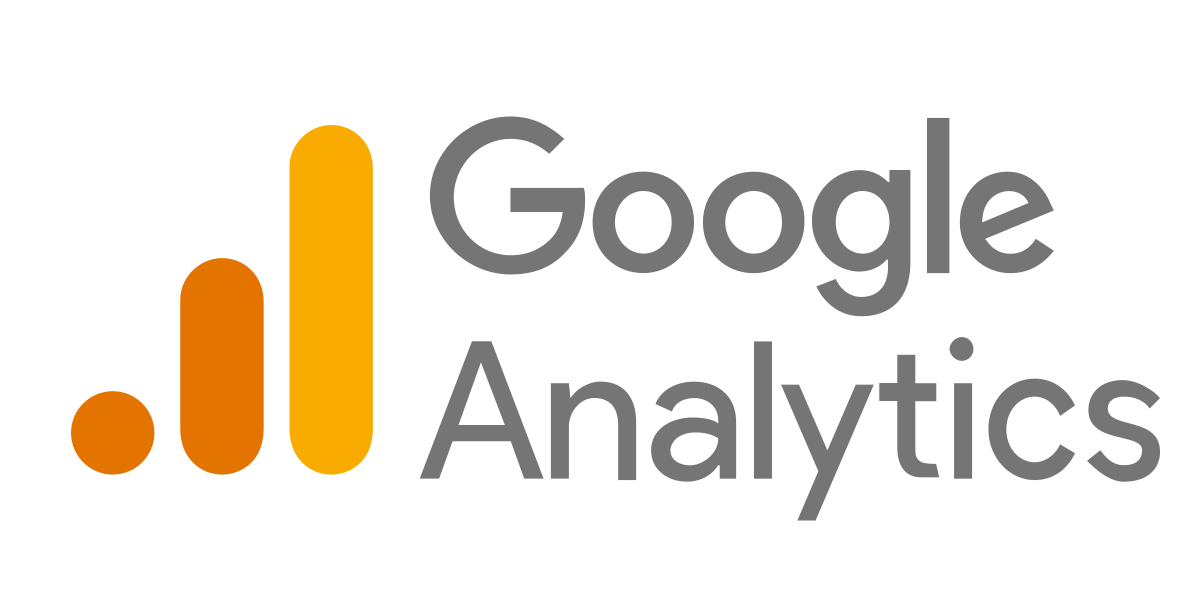
Google Analytics Top Trends for Marketing Agencies in 2025
Google Analytics Top Trends: With the rapid digital marketing age, Google Analytics (GA) is still the foundation for measuring performance, optimizing campaigns, and delivering ROI. With the introduction of GA4 and new privacy-focused measurement methods, tracking sessions and page views are no longer the sole concern. It is about knowing how people behave on every platform, predictive analytics, and data usage with consent.
In 2025, marketing agencies should not only be following suit with the changing analytics scene but get in front of the curve by embracing the latest Google Analytics trends. This is a comprehensive look at what’s propelling Google Analytics this year and how your agency can utilize it to make more informed decisions.
- The Complete Switch to GA4 – No Going Back
By now, all but a few firms have transitioned from Universal Analytics to GA4, but they are not modifying to the new interface and new metrics. The event-based structure of GA4 allows for more trustworthy tracking and cross-device reporting. This equates to agencies:
- No coding change for custom event tracking (scrolls, video plays, downloads).
- Single user view across websites and apps.
- Better engagement metrics, such as “engaged sessions” instead of bounce rate.
- Agency Pro Tip: Create client-tailored GA4 dashboards with Looker Studio to improve data storytelling.
- AI-Driven Predictive Insights
Predictive analytics is one of the most powerful GA4 additions, enabling marketers to visualize:
- Purchase probability
- Churn probability
- Predicted revenue
This enables agencies to create audience segments to retarget or nurture by probability to convert or churn.
Picture this: running a campaign for just those users most likely to purchase in the next 7 days! Predictive marketing powered by GA4.
- Privacy-First Measurement Strategies
Rising global regulations such as GDPR, CCPA, and India’s Digital Personal Data Protection Act are compelling Google Analytics to turn to privacy-first data collection. For marketing agencies:
- Consent Mode v2 is essential at this point. It can monitor even if users don’t provide consent for cookies, making use of modeling data.
- First-party data enrichment is essential – GA4 assists in bringing offline data together in a single place through Measurement Protocol or BigQuery.
Note: Always maintain an on-brand cookie banner and link GA4 to Google Tag Manager for easy consent management.
- Better Attribution Modeling
- Ditch last-click attribution. GA4 supports data-driven attribution (DDA) as the new default option, attributing on true user engagement across channels.
- Social, email, and display can finally be measured by agencies on their true value.
- GA4 attribution modeling assists in budgeting more efficiently between campaigns.
Example: Where Facebook generates high awareness, yet conversions occur through Google Ads, GA4 makes that connection more evident.
- Custom Funnels and Path Exploration
Custom funnels were previously a high-end feature in GA360 but are now available free in GA4.
- Agencies can see user paths from landing to conversion.
- Identify drop-off points and improve UX as such.
- The Path Exploration feature provides a visual representation of how users move through your site or app. It is perfect for UX audits, content strategy, and CRO.
- Deep Integration with Google Ads and BigQuery
- GA4 also has far deeper natively integrated relationships with Google Ads and BigQuery.
- Audience segments can be built within GA4 and pushed to Google Ads for advertising targeting.
- Complex data discovery, bespoke ML models, and combining GA data with CRM or sales hubs can be done via BigQuery for data-intensive customers.
Use Case: An estate customer can blend GA4 behavior data with offline reservations and see real marketing ROI.
- Real-Time Reporting and DebugView
GA4’s DebugView is revolutionary for agencies with numerous client tags and complicated analytics configurations.
- Keeps events from going live until they are verified real-time.
- Repair event tracking on desktop and mobile apps in an instant.
- Saves hours of QA time and accelerates reporting accuracy.
- Cross-Device and App + Web Analytics
Where Universal Analytics is designed for single-device, single-platform tracking, GA4 is designed for multi-device, multi-platform tracking. For agencies with eCommerce, EdTech, or app-based clients:
- Get an end-to-end user journey from app installs to in-app purchases and web behavior.
- This allows campaign messaging consistency and omnichannel personalization.
- Google Signals and Broader Demographics
With Google Signals, GA4 can tag logged-in users across devices (if they’ve opted in to ad personalization).
Agencies can now:
- Examine demographics, interests, and device usage.
- Target campaigns to specific audience groups (e.g., 25–34-year-old men with interests in fitness technology).
- But beware: This feature is restricted in GDPR-compliant regions if consent is not properly given.
- Smart Alerts and Anomaly Detection
Automatic alerts for unexpected spikes, drops, or anomalies in traffic can also be set via GA4. With machine learning integration, it can:
- Catch campaign problems early (e.g., faulty landing page URL).
- Assist in modifying bidding approaches or budgets in real time.
- Use Case: Organic traffic decline due to organic search? GA4 notice + GSC insight = SEO action on time.
- Conversion Modeling and Data Holes
With privacy limits and cookie degradation, GA4 resorts to conversion modeling to plug the holes in data. This implies even if users block cookies or block ads, you still receive modeled conversion reports. Agencies should:
- Educate this modeling habit to clients in plain language.
- Show how modeled information aligns with actual performance metrics.
- Engagement Rate vs Bounce Rate
GA4 substitutes the legacy old bounce rate with engagement rate, which is more useful.
An engaged session is when:
- The user remains for over 10 seconds
- Scans 2+ pages
- Or fires a conversion event
- This provides a more accurate image of content performance.
- SEO teams and content strategists can rely on engagement metrics to guide page improvements.
How Marketing Agencies Can Stay Ahead
In order to actually take advantage of these trends, this is what your agency must do:
- Invest in group training for GA4 and BigQuery.
- Inform customers about how modeled data and predictive analytics are doing the trick for them.
- Provide premium reporting as a service utilizing Looker Studio and GA4 exports.
- Refresh client analytics settings every quarter to stay in front of privacy changes.
Conclusion
For an ad agency in 2025, adopting the new feature set of GA4 is imperative. From AI-driven forecasting to privacy-centric tracking, the platform is stronger than ever. Already, your customers are demanding data-backed solutions, and your proficiency in leveraging these trends will set your agency apart.
- Advanced attribution in GA4
- Cross-platform tracking GA4
- Conversion modeling in Google Analytics
Keep innovating. Keep streamlining it. And most importantly, stay ahead.
